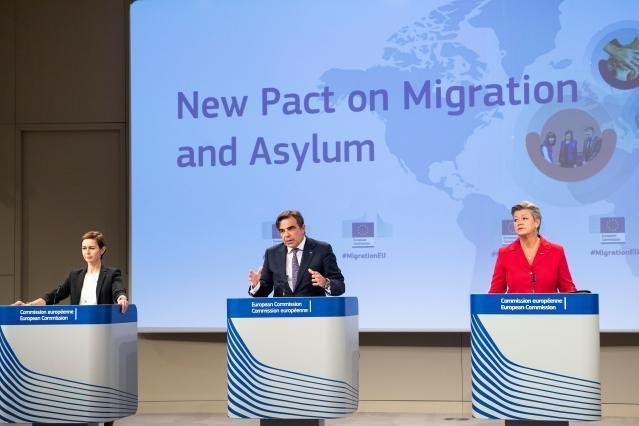Sept. 9, 2020, the over-crowded Moria Camp was destroyed by a fire, leaving 13,000 migrants without shelter. The European Commission, already under attack for the failure of their migration policies, sped up the already waited upon “New Pact on Migration and Asylum.” Released on Sept. 23, the Pact was announced as a “fresh start.” In reality, the Pact is not a fresh start at all but the same policy with a set of new proposals which the EU states will now need to find agreement on — an endeavour which has already had its challenges.
As agreement is awaited upon, however, opposition to the new proposals outlined in the New Pact on Migration and Asylum are emphatic and numerous. EU law scholars, activists and Human Rights organizations highlight the ethical and practical concerns about many of the proposals suggested by the Commission, as well as the return-centred rhetoric which drives them.
While there had been some hope that the EU would take the opportunity to right previous (admitted) wrongs, it is argued that instead, the Pact consists of watered-down compromise and a lack of political ambition.
Hoping to understand how people working on the ground view the Pact, I reached out to Kirsty Evans, Emergency Response NGO and Field and Campaigns Coordinator for Europe Must Act, who shared her reactions to the new Pact.
Europe Must Act is a growing social movement which began as a call for change from grassroots NGOs working in Greece. Fighting for a rights-based migration and asylum policy, they demand change on the highest European level and offer pragmatic and rights-based solutions based on the expertise of grassroots organisations working with asylum-seekers.
This essay aims to present as clearly as possible the problems with this new Pact, highlighting the main concerns of experts and NGO’s alike. These concerns regard the potential issues with the pre-screening process, the accelerated (or “fast-track”) process, and the return sponsorship mechanism.
The Pre-Screening Process
With the new proposal for a pre-entry screening process, the border procedure will also comprise an asylum procedure and a swift return procedure.
The screening process will apply to all non-EU citizens who
- cross an external border without authorisation;
- apply for asylum while being checked at the border (without meeting the conditions for legal entry);
- are disembarked after a search and rescue operation.
The first criticism, highlighted by the Human Rights Watch, regards the Pact’s misleading suggestion that people undergoing the border procedure are not considered to have formally entered the territory.
That all people reaching EU territory irregularly will at first be treated the same is also something to stop and look at. As lawyer and professor Lyra Jakulevičienė argues, this new regulation blurs the distinction between people seeking international protection and other migrants “by placing both groups of persons under the same legal regime instead of clearly differentiating them, as their chances to stay in the EU are very different.”
Although the procedure will not necessarily lead to violations of legal obligations reserved for people seeking protection, Jakulevičienė does express concern at the implications of promoting stereotypes that asylum seekers and irregular migrants are the same when it comes to border guard authorities.
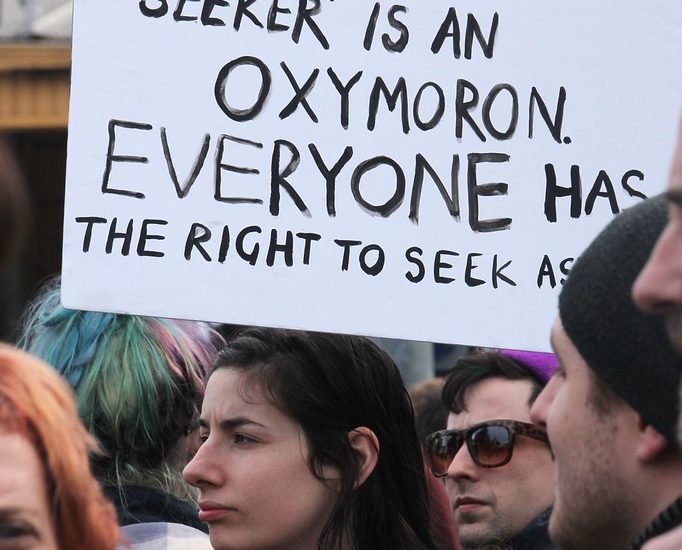
That the way in which Member States differentiate between different groups of people will change – essentially lumping all people who have arrived irregularly (with a few exceptions) into one category, signifies that the policy of externalization is as strong as ever. This is compounded by the change in criteria for determining whether a person has entered EU territory.
As Senior Research Fellow at the European Neighbourhood Policy Chair of the College of Europe Jean-Pierre Cassarino and Assistant Professor of EU Law, Luisa Marin, explain, this pre-entry screening process “has a pivotal role in the consolidation of the externalization trend.” This process of externalization, however, “takes place ‘inside’ the European Union territory, and aims to prolong the effects of containment policies because they make access to the EU territory less meaningful.”
In other words, people seeking protection will not have full access to European rights upon arriving into EU territory. First, it will have to be determined what they “are.”
This is despite policy experts, academics, lawyers and activists criticising the speed and criterion for this decision-making process.
Furthermore, academic research shows that processes of externalisation “result in the circumvention of basic norms, go against good governance, create immobility and contribute to the crisis of the global refugee regime, which fails to provide protection.”
Thus, a proposal which is supposedly signalling “a fresh beginning” and “a sustainable solution” is actually a set of proposals to regulate more of the same old.
Refugee-Rights groups predict that the New Pact will “replicate or exacerbate past failures,” as they fail to see how the Pact “will enhance refugee protection or even reduce the pressure to manage arrivals for Member States…”
- The speed in which the decision as to what type of procedure will be made (no longer than five days providing there is not a huge “influx” of applicants).
- The lack of legal assistance (the right to have access to a lawyer is not provided for in the screening phase).
- The fact that the monitoring of fundamental rights is left largely to the discretion of the Member States.
Lastly, they ask — does the time spent in the pre-screening process qualify as detention, and if so, what will the accommodation be for this procedure? According to Jakulevičienė, the proposal brings “ample potential” for creating more “Moria” style camps. It is hard to see how that is to anyone’s benefit.
Whilst the screening process does not make any formal decisions, it does define the type of procedure that will follow it and whether the applicant will be channelled into the expulsion process (immediate return). And as they point out, up to this point, there still has been no legal assistance. The pre-entry screening may lead to the asylum process or to the decision to channel the applicant into the “fast-track” procedure.
Fast-Track Procedure
One of the main problems of the ‘two-track’ process is the unrealistic time frame it proposes and the grievances that arise from rushed processes.
— Kirsty Evans, Europe Must Act
If an applicant is funnelled into the fast-track system, a decision will be reached within 12 weeks — a duration that raises concerns that the result of the fast-track system will be the unfair return of applicants.
Considering that fast-track migration and asylum systems have been critiqued for years for their structural unfairness, it is a little unbelievable that the Commission has considered introducing a fast track system as a positive way of “managing migration.”
In 2010, Human Rights Watch released a substantive report detailing how accelerated Asylum Procedures were unsuited to complex claims and how they negatively affected female asylum seekers in particular.
In 2015, the high court ruled the UK’s fast-track system illegal. The judge concluded that “applicants were not able to properly prepare their cases and [that] their lawyers were also put in an unfair position” — despite a number of safeguards.
Additionally, Australia and Switzerland’s fast track systems have both come under fire for increasing unfairness. In Switzerland’s case, it was reported in 2020 that the number of cases sent back for re-examination has jumped from 6.5% to 13%.
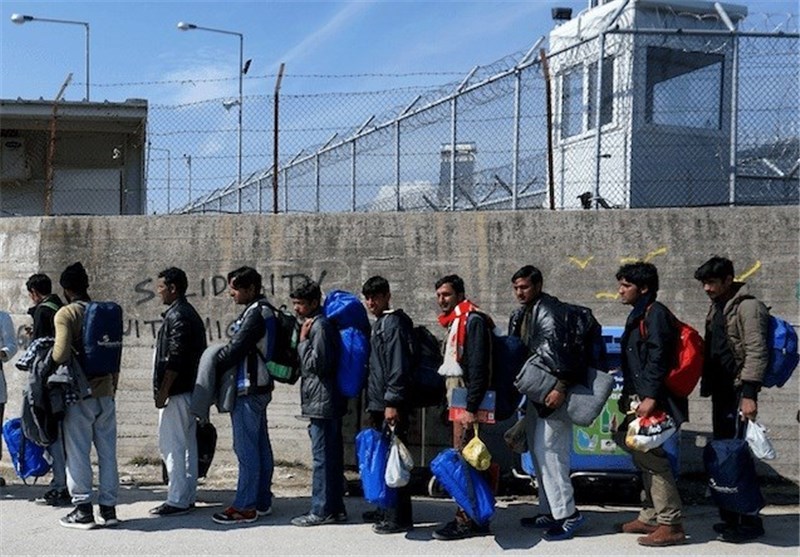
The mandatory factors for an applicant to be channelled into the Pact’s fast-track procedure are as follows:
- Where the applicant has misled the authorities by presenting false information or documents or by withholding relevant information or documents with respect to identity or nationality,
- Where the applicant may, for serious reasons, be considered a danger to the national security or public order of the Member States, and
- Where the applicant holds a nationality or has a country of former habitual residence for which the proportion of decisions granting international protection is 20% or lower.
The final criterion, in particular, has been flagged up as problematic. As a long-term volunteer, Frankie Ellwood commented that it will result in asylum seekers from such countries “being judged on retroactive assumptions” and will ultimately “favour exclusion over inclusion.”
As expressed by the Human Rights Watch (HRW) report, “the proposed border procedure is predicated on two flawed assumptions – that the majority of people arriving in Europe do not have protection needs and that assessing asylum claims can be done easily and quickly.”
Essentially, as Cassarino and Marin write, “it undermines the principle that every asylum application requires a complex and individualized assessment of the particular personal circumstances of the applicant.”
The proposal also encourages the “safe third country” notion, which may lead to the expulsion of asylum seekers who have legitimate applications to countries where their rights are not necessarily guaranteed. The notion of a safe-third-country is widely debated, and it is described by some experts of international human rights law as “more conducive to burden-shifting than burden-sharing.”
The risk is that sending applicants back to a “safe third country” may lead to further orbiting (stuck in transit) and refoulement (returned to a country where they may face persecution). Concerns about the type of agreements with third countries for migration control have also been raised and are expanded on below.
Much like Jakulevičienė, Kirsty Evans is concerned about the way the Pact will feed into damaging rhetoric, arguing that “the language of fast-tracking appeals to the ‘protection’ of nation rhetoric evident in politics and the media by focusing on returning people to their own territories.”
While Commissioner Johansson presented migration as “normal,” her attempts are undermined by the Pact’s language and policies. This rhetoric is not only reinforced through the Pact’s lack of distinguishment among irregular migrants upon arrival or through loaded terms such as “fast-tracking,” “expulsion,” and “burden-sharing,” but also due to its “overriding objective” of return and deportation.
But why is rhetoric such as concern anyway? Well, as observed by Law Professor Steve Peers, ”No proposals from the EU can solve the underlying political issue: a chunk of public opinion is hostile to more migration.”
A Pact for Returns
The overriding objective of the Pact is clear: an increase in the number of people who are returned or deported from Europe.
As already acknowledged, the proposals for the new Pact serve to increase measures of externalization. The criteria for the mandatory return border process has been broadened. Additionally, asylum applications will be linked with the return procedures. Now, when an asylum application is rejected, the decision to return will be issued at the same time.
The rationale presented by the Commission for focusing on faster and more integrated procedures is that inefficient procedures cause excessive hardship — including for those who have been granted the right to remain.
The reformed procedures may indeed be to the benefit of some. However, there is a serious risk that they will negatively impact the right to asylum for those streamlined into the accelerated procedure — remembering that in the case of rejection there is only one right to appeal. Additionally, there is the possibility that they will weaken the principle of non-refoulement. For a more comprehensive analysis of the returns system, read here.
Further exemplifying the EU’s emphasised focus on returns is the proposal that the EU will now deal with returns as a whole, rather than just one member state. For this purpose, the EU proposes the new position of an EU Return Coordinator who will deal with returns and readmissions. In addition to these measures, the proposal for the “return sponsorship” will be one of three options for the Member States to exercise their “flexible mandatory solidarity.”
Described as “the most sinister of the new proposals,” and likened to “a grotesque parody of individuals sponsoring children in developing countries via charities,” the option of return sponsorship is also a strong marker of the concessionary approach of the Commission.
This approach has been met with frustration. As Evans expresses, “it feels as though far more time and energy is given to those countries who want to ‘rid’ themselves of a perceived problem that exists, rather than view migration as something that has always existed.”
For Evans, allowing countries the option of “returns” as a way of “managing migration” seems like a validation of illegal behaviour of the Member States, such as the recent mass deportations in Greece.
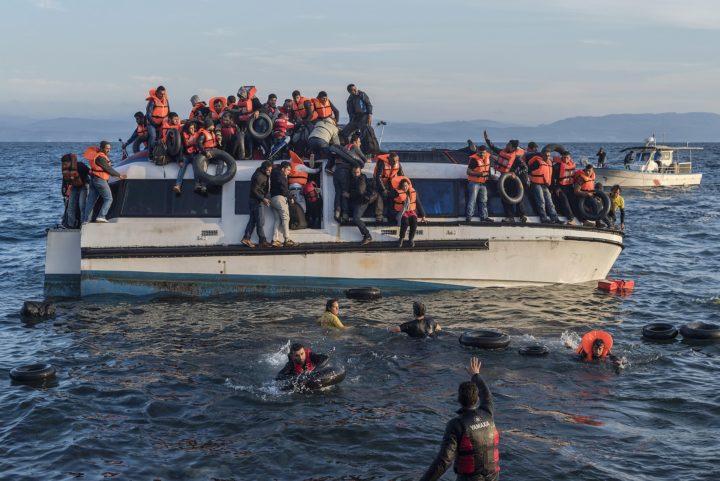
So, what precisely is return sponsorship? Well, from the words of the EU, return sponsorship is one option for showing solidarity in which the Member State “commits to returning irregular migrants with no right to stay on behalf of another Member State, doing this directly from the territory of the beneficiary Member State.”
Member States will specify which nationalities they will “sponsor” presumably depending on the EU Member state’s pre-existing relations with a non-EU Member State. When an individual’s application is denied, the Member State responsible for them will draw upon its relations with the third-country to negotiate the applicant’s return.
Related Articles: Everything Wrong With the British Press’ Migrant Narrative | Refugees: Why they are not an economic burden | Europe’s Flight from the Refugee Crisis
This process has a time limit of eight months, at which point the individual will be relocated from whichever EU Member State he/she is being held in, to the “Sponsor” EU Member State. But as Evans points out, this “raises concerns about how they will be treated in a country that prefers to fund returns, rather than relocation.”
Furthermore, assuming readmissions are successful, return sponsorship works on the assumption that there is a third safe country. It is based on this assumption that applications are denied. How this will affect the principle of non-refoulement is the primary concern of human rights organizations and policy experts, and it is a concern arising from previous experiences. After all, cooperation with third-countries so far — namely the Turkey-EU deal and the Spain-Morocco deal — has led to a great deal of criticism about human rights costs.
As Elspeth Guild, Law Professor at the Queen Mary University of London, concludes, it “will be those states with totalitarian regimes which do not listen to their citizens.” It stands to reason that those less concerned with human rights concerns and therefore unaffected by the language and methods of the Pact would be more cooperative.
But additionally, to human rights concerns, questions are raised about the implications or even practicalities of “incentivizing” third-countries to comply, with the image of the EU as a champion of human rights already corroded in the eyes of the international community.
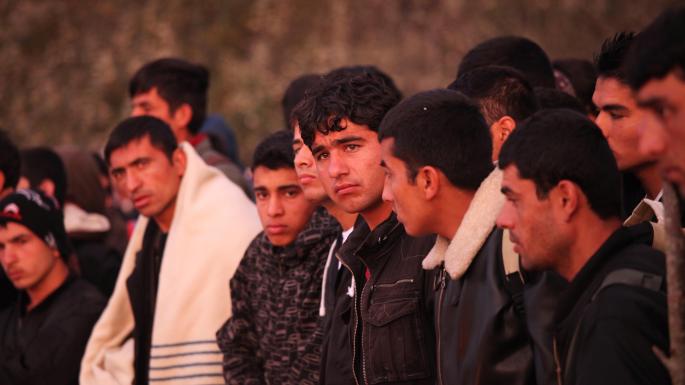
As part of the new mechanism, the Council will assess the cooperation of Third Countries, “identifying effective measures to incentivise and improve the cooperation with third countries to facilitate return and readmission.”
In particular, this will entail using the issuance of the visa code as a method of incentivization. For countries that don’t cooperate with readmission, visas will be more difficult to get. The proposal to penalize countries with visa restrictions is not a new one, nor one that has led to improved diplomatic relations.
Guild argues that this approach is unfair to the visa applicants of the “non-cooperating” countries and that it is also likely to lead to sentiments of injustice among the neighbours of the third country.
Furthermore, Cassarino and Marin raise some interesting questions regarding readmission. They consider the possible implications of the imbalance in the rate of bilateral agreements between EU member states and third countries, querying whether those EU Member states with more valuable ties will be “proactively ‘sponsoring’ other Member States’ expulsion decisions, without jeopardising its bilateral relations with other strategic third countries.”
Guild’s analysis is that the New Pact is diplomatically weak. Beyond financing, it offers “little attention to the interests of third countries.” It must be acknowledged, after all, that readmission has asymmetric costs and benefits for the countries accepting them, particularly when we consider that migration, as Cassarino and Marin point out, “continues to be viewed as a safety valve to relieve pressure on unemployment and poverty in countries of origin.”
Apart from a lack of diplomacy, what we see from the Pact is a lack of leadership. As Evans sums up:
Leadership at the top EU level is leading very loosely as, in this New Pact, our leaders look for ways not to lead at all.
— —
Europe Must Act does not just advocate for refugee rights, it offers detailed recommendations for achieving a practical, kind, people-centred and rights-based systems too. Please find their “Aegean Grassroots Report” here. If you are interested in getting involved, look here to learn about joining or starting a #citiesmustact chapter.
Editor’s Note: The opinions expressed here by Impakter.com columnists are their own, not those of Impakter.com. — In the Featured Photo: Press conference on Sept. 23, 2020. Featured Photo Credit: EU, Brussels Times.


